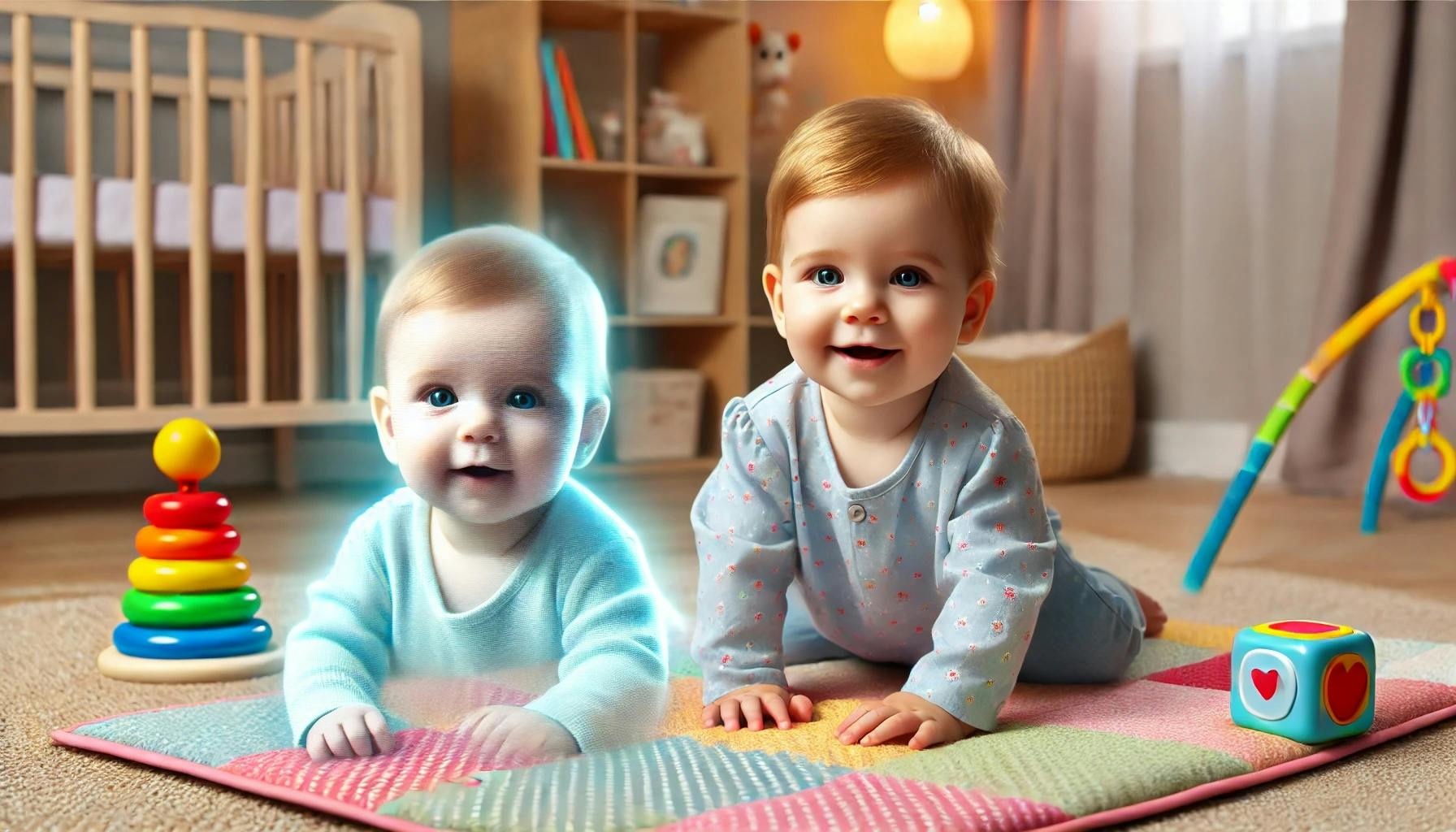A digital twin for your baby
Have you heard of infant digital twins?
No, this isn’t a two-for-one baby deal. Nor is it a new baby-oriented VR—though we’ll keep our eyes peeled for those in the headlines.
This is infant precision medicine. In other words, creating digital replications of a baby’s entire body to improve the diagnosis and treatment of medical conditions in newborns.

Why an infant digital twin?
A research team of scientists from the University of Galway and Heidelberg University created the digital twins using data from 10,000 real newborn babies. They created 360 whole-body models to simulate infant metabolism in the first 6 months of life.
Newborns’ metabolic function is different from adults’. As explained by lead author Elaine Zaunseder: “For instance, babies need more energy for regulating body temperature due to, for example, their high surface-area-to-mass ratio, but they cannot shiver in the first six months of life, so metabolic processes must ensure the infant keeps warm. Therefore, an essential part of this research work was to identify these metabolic processes and translate them into mathematical concepts that could be applied in the computational model.”
The models created for the study accurately forecast responses to treatment strategies for inherited metabolic diseases.
The next step is to use models like these to tailor treatment for each individual baby and their needs.
Professor Ines Thiele, project study lead, said: “Newborn screening programmes are crucial for detecting metabolic diseases early on, enhancing infant survival rates and health outcomes. However, the variability observed in how these diseases manifest in babies underscores the urgent need for personalized approaches to disease management.”
Digital twins across medicine
Infant metabolic disorders are not the only application of this form of analysis.
Digital twins are popping up everywhere in medicine, at least in research:
- Different conditions: Earlier this year, Imperial College London announced it’s building digital twin heart models for pulmonary hypertension patients.
- Medtech testing: Similarly to artificial organs, digital twins are poised to allow for easier testing of new drugs and devices without as much reliance on in vivo intervention.
- Beyond people: Analysts are building digital twins of entire health systems, such as in the project run by business consultancy Strasys and simulation platform Silico.
Outside of healthcare, digital twin modeling of people, objects, and systems is also becoming increasingly popular. We’ve seen digital twins of McLaren sports cars and the city of Shanghai. And the interest isn’t new—the mission to rescue NASA’s Apollo 13 has been called the first digital twin.
In fact, industries outside of healthcare are leaps and bounds ahead of our own in using digital twins in practice, while healthcare’s digital twin revolution remains mostly theoretical. That hasn’t stopped excitement and headlines from taking off, possibly due to the language that, we wager, may have lead you to a double-take of our own headline.
The hype over digital twins is amplified—or perhaps muddled—by the fact that ‘digital twin’ could mean entirely different things depending on the context. Per Axios’ Tina Reed, the digital twin spectrum ranges from an array of AI models or a hologram of a billionaire trained on his speeches.
We’ll be curious to see how misconceptions and excitement around this term lead to its proliferation across our industry. Will ‘digital twin’ be the next ‘AI-enabled’ of health tech marketing? Time will tell.